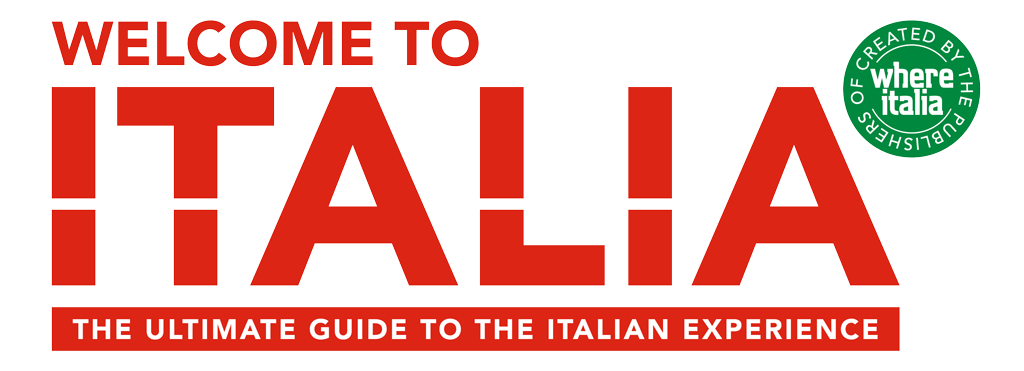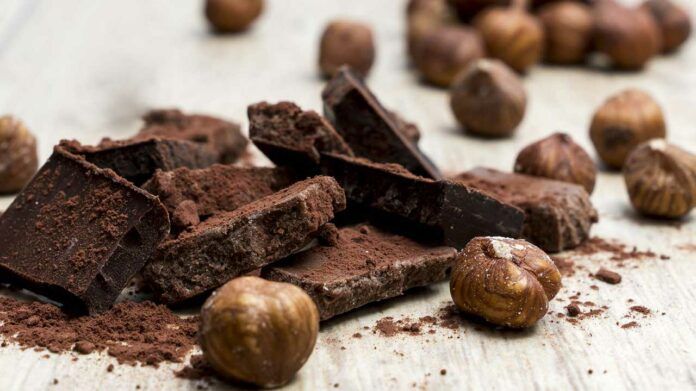The love affair between Turin and chocolate has lasted for almost five centuries, firmly establishing the city as the “capital of chocolate”. Cocoa is an authentic Torinese tradition and is celebrated at both historic cafés, and at the boutiques of new and multi-award-winning maître chocolatiers.
Turin boasts a long and important tradition in the cocoa industry and can legitimately be called the “Italian capital of chocolate”. It’s impossible not to be intoxicated by the scent of cocoa and toasted hazelnuts that emanates from the numerous chocolate shops lining the streets of the historic center while strolling through the city. Enter one of the city’s historic cafés and you’ll find yourself immersed in a fin de siècle atmosphere that has remained unchanged since the 19th century. From chocolate in all shapes, sizes and flavours, to chocolate bars, hot chocolate and the city’s typical “bicerin”, the city offers numerous opportunities to tempt the palates of discerning chocolate lovers. Where takes you on a mouthwatering tour to discover the chocolate of Turin.
What better place to begin our tasty tour than from the area known as the “chocolate district”? This handful of streets in the city’s historic centre has a concentration of delicacies that is so great it would make the heads of even the most hardened chocaholics spin. Via Carlo Alberto is home to the Caffarel boutique. Needless to say, this is a go-to address if you want to make friends and relatives happy by taking home a sweet souvenir.
Just a little further on, in via Lagrange, you’ll find the shop of Guido Gobino, one the world’s most famous master chocolatiers (for example, he’s a real celebrity in Japan). Here you can sample his multi-award-winning pralines, including the “Tourinot”, his miniaturized version of the gianduiotto, winner of the London Academy’s “Best Praline in the World” award. This is a gianduja-flavoured chocolate, enriched with organic sea salt and Taggiasco extra virgin olive oil.
In via Maria Vittoria, you’ll come across the boutique of Guido Castagna, an equally starred maître chocolatier. His gianduiotto is produced with cocoa beans from certified cooperatives. His minimalist shop, enhanced with designer touches, welcomes customers with a wide selection of bars, spreadable creams, “cremini” and truffles.
Just a few window displays further down, you’ll find the workshop of Davide Appendino, a real artisan of chocolate. His production is based on the “bean to bar” method. He selects the raw material, choosing only those from the best origins, and stone grinds the cocoa beans in his workshop to create the finished product. The ultimate expression of this process are his mono-origin bars.
But Turin is not just about chocolates. Another typical product, deeply loved by locals and anyone else tasting it, is the “bicerin”, a hot drink invented in 1763 at its namesake café made with espresso coffee, chocolate and cream, whose name derives from the small rounded glasses without handles in which it is served. Located in the heart of Turin, in the picturesque Piazza della Consolata, Il Bicerin still exists and continues to delight the palates of tourists, students, Torinese “Signore”, politicians and intellectuals with this tantalizing drink.
This delicious “drink of the gods” is also served at Baratti & Milano, another historic Torinese locale overlooking the arcaded Galleria Subalpina, in Piazza Castello, and a “supplier to the Royal House” since 1858. Here, in an old-world atmosphere, you can sample the venue’s famous “cremini”, “cuneesi”, Piedmont Hazelnut chocolates and classic “Baratti” candy, in addition to a bicerin.
If you prefer classic hot chocolate in a cup, the ideal place is Fiorio, in the very central via Po. This is another historic café, which was the favourite meeting place of politicians and the statesmen of the Italian Risorgimento. Fiorio is also a reference point in Turin for artisanal ice cream and it would even appear that ice cream cones were invented here.
If you’re interested in learning more about the working process of chocolate and admiring early 20th century machinery, an absolute must is Pfatisch, another establishment founded at the beginning of the 20th century, whose workshop can almost be considered as a chocolate museum. Standouts include its “Festivo”, a chocolate meringue filled with chocolate-flavoured Chantilly cream, covered with grains of chocolate.









